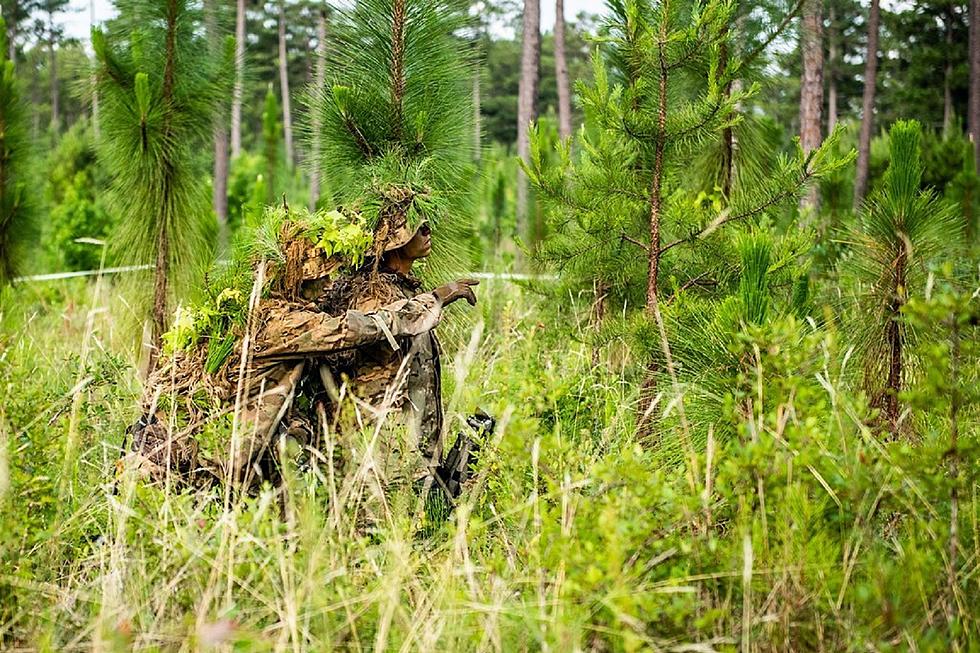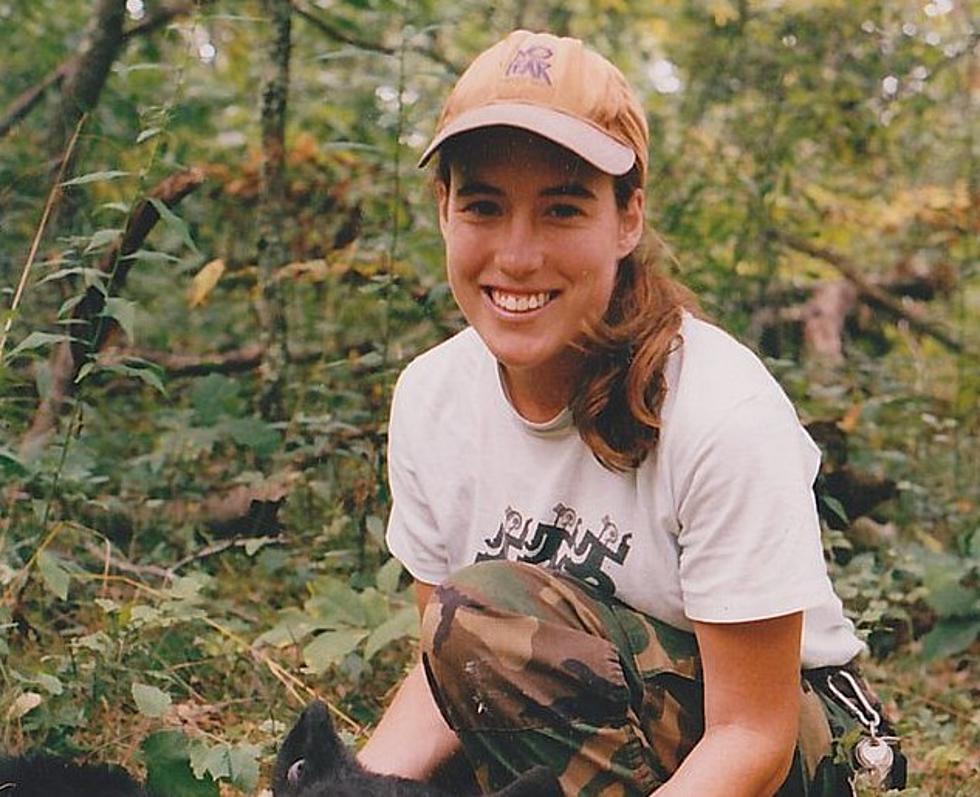
MSU Ecologist Featured in NYT Science Story
BOZEMAN — A Montana State University researcher was featured last week in The New York Times for his work studying ice cores taken from Antarctica.
Dave McWethy, an associate professor in the College of Letters and Science’s Department of Earth Sciences, worked with researchers from Argentina, Australia, Austria, Norway, the United Kingdom and a number of American institutions examining the ice samples, which can reveal historical insights into weather patterns, climate and particulate matter dating back centuries.
The New York Times article, “How Maori Arrival in New Zealand Was Frozen in Antarctic Ice,” published Oct. 6, highlighted research appearing in the journal Nature. Ice samples were melted and turned into mist, then a laser was used to illuminate the soot particles. In most of the cores, the analysis found soot particles had fallen at a constant rate, but two ice samples from James Ross Island, which is due south of Argentina, showed that the amount of soot tripled in roughly the 13th century.
Based on patterns of atmospheric circulation in the Southern Hemisphere, the team zeroed in on landscape burning following human arrival in New Zealand as the most likely source of the soot. “We see this big peak, which we call the initial burning period, around 700 years ago,” said McWethy in the article.
The timeline of increased fire activity in the 13th century fit with historical records of the arrival of the indigenous Māori people in New Zealand. The Times article cites a cultural researcher of Māori descent, Kelly Tikao, who noted that fire was culturally important to the Māori, they would have been using fire to facilitate agriculture, make travel easier and promote the growth of edible wild plants.
“Fire is an amazing tool for peoples around the world,” said McWethy. Finding soot in the Antarctic ice cores not only helped to identify widespread use of fire by humans in New Zealand, but also helps scientists better understand the effects of fires on our atmosphere.
- by MSU News Service -
More From KSEN AM 1150









